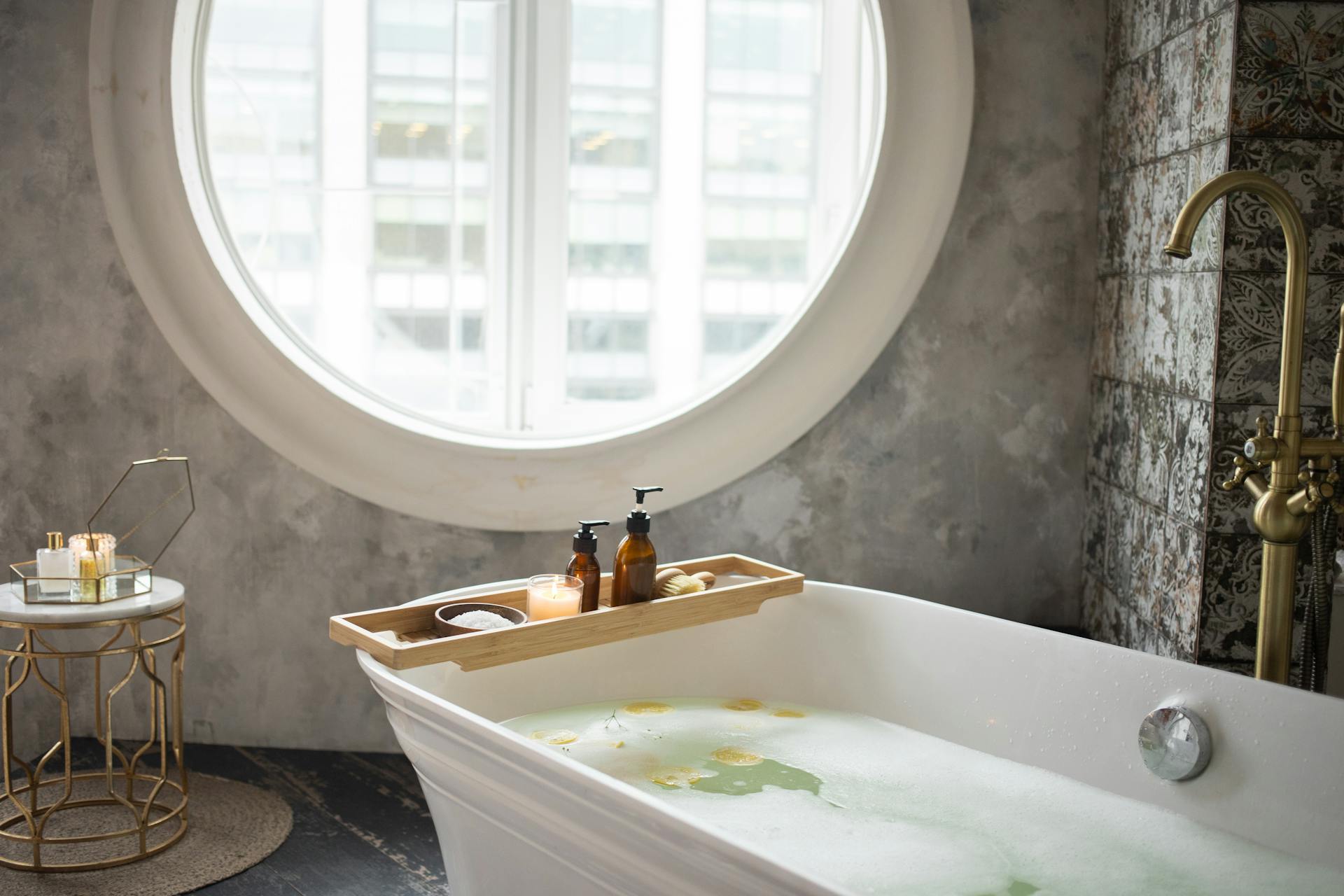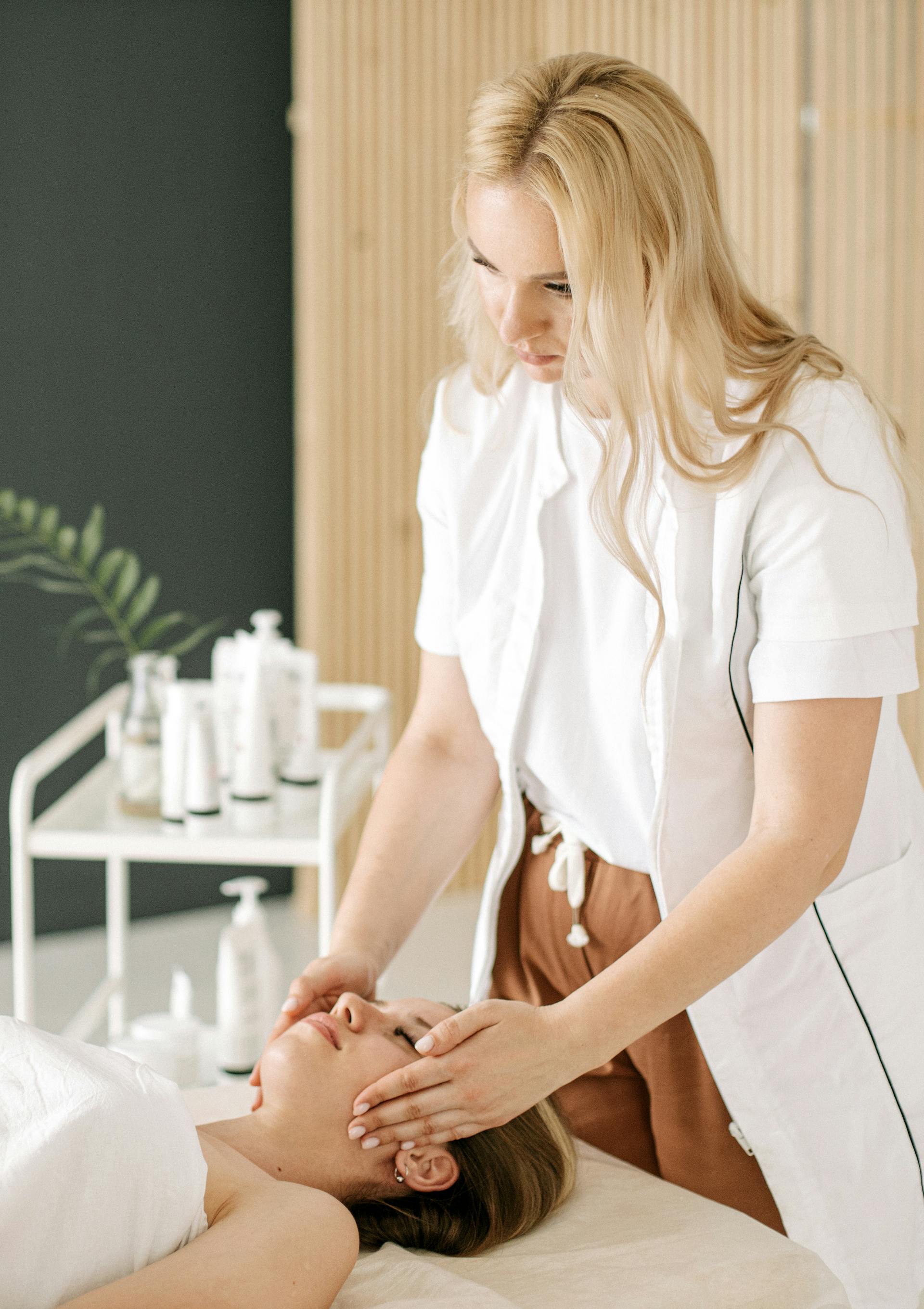Wellness
Dec 3, 2024
Designing a Relaxing Spa Environment
Creating the Perfect Atmosphere for Relaxation
When designing a spa, every detail matters, from lighting and sounds to the textures and aromas that fill the space. A relaxing spa environment is carefully curated to evoke a sense of calm, allowing guests to leave their daily stresses behind. By focusing on ambiance, comfort, and aesthetics, you can create a sanctuary where relaxation flows naturally.
The key is to create a balance of elements that work in harmony. Soft lighting, soothing colors, and comfortable furnishings create a welcoming space, while calming sounds and fragrances enhance the atmosphere, allowing clients to fully immerse themselves in the experience.
The Role of Senses in Spa Design
Aroma plays a powerful role in relaxation—essential oils like lavender, eucalyptus, or sandalwood can promote a soothing effect, helping clients unwind from the moment they walk in. The sound of gentle water features, soft music, or nature sounds further adds to the tranquil atmosphere, guiding the mind into a state of peace.
An environment designed for relaxation is a step toward inner peace.
Each element of the spa environment should reflect the goal of relaxation, from the colors on the walls to the layout of the space. Thoughtfully chosen furniture and carefully placed decor contribute to the feeling of sanctuary, allowing clients to settle into the atmosphere and truly disconnect from the outside world.
Creating the perfect spa environment is a delicate process of balancing aesthetics and function. It’s about designing a space that makes relaxation feel effortless, where every detail has been considered to promote a deep sense of calm.
The design of a spa environment influences the mental and emotional well-being of its guests. When done right, it becomes a retreat that nourishes the soul, providing both a physical and emotional escape from the stresses of daily life.






